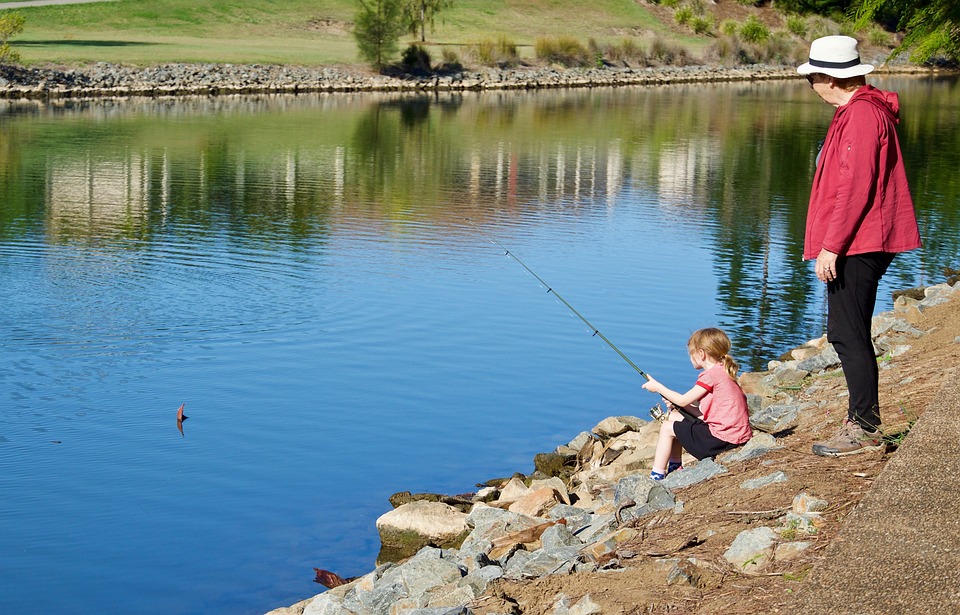Fish Behavior: How to Respond to Aggressive Fish Behavior
Understanding and managing aggression in aquarium fish is essential for maintaining a harmonious and thriving aquatic environment. Aggressive behavior in fish can lead to physical harm, stress, and even death for other tankmates. Therefore, it is crucial for fishkeepers to respond effectively to aggressive fish behavior. This article will provide tips and strategies to help fishkeepers create a suitable environment, reduce stress triggers, introduce diversion techniques, separate aggressive individuals, and seek professional help when needed.
Understanding Fish Aggression
Fish aggression can be driven by natural instincts and territorial behavior. Many fish species have specific territorial boundaries and will display aggression towards intruders. Aggression can also be a response to stress or fear, as fish may become defensive when they feel threatened. Additionally, gender-related aggression is common in fish species, particularly during mating seasons. Understanding the hierarchy and dominance within social fish species is also important for managing aggression.
Identifying Aggressive Fish Behavior
Recognizing the signs of aggression is crucial for early intervention. Common signs include fin nipping, chasing, flaring, and aggressive body language. It is important to differentiate between playful behavior and aggression. Playful behavior is typically short-lived and does not involve physical harm. By observing fish body language and monitoring their interactions, fishkeepers can identify early warning signs of aggression.
Responding to Aggressive Fish Behavior
1. Creating a Suitable Environment: Providing an adequate tank size and suitable hiding spots is essential for reducing territorial disputes. Maintaining correct water parameters and quality is also crucial for minimizing stress. Proper tankmates selection and compatibility is important to prevent aggressive interactions.
2. Reducing Stress Triggers: Maintaining consistent lighting and feeding schedules can help reduce stress in fish. Avoiding overcrowding and excessive noise is also important. Minimizing sudden changes in water conditions, such as temperature or pH fluctuations, can help prevent aggression.
3. Introducing Diversion Techniques: Adding visual barriers and tank decorations can create hiding spots and break lines of sight, reducing aggressive encounters. Providing multiple feeding stations can help prevent competition for food. Using fish-safe toys and puzzles can provide mental stimulation and redirect aggressive tendencies.
4. Separating Aggressive Individuals: If aggression persists despite intervention, it is important to separate aggressive fish from others. Isolation tanks can be used to temporarily house aggressive individuals. After a cooling-off period, gradual reintroduction can be attempted. If aggression continues, seeking professional advice from a fish behaviorist or experienced aquarist is recommended.
5. Seeking Professional Help: In cases of persistent aggression, consulting with a fish behaviorist or experienced aquarist is advisable. They can help identify underlying causes of aggression and provide advanced techniques for aggression management. Professional guidance can be invaluable in creating a peaceful and harmonious aquarium environment.
FAQs: Frequently Asked Questions
1. Why is my fish suddenly aggressive?
– Possible reasons include stress, fear, territorial disputes, or mating behavior.
– Sudden changes in the tank environment can also trigger aggression.
2. Can aggressive fish behavior be harmful to other tankmates?
– Yes, aggressive fish can cause physical harm, stress, and even death to other tankmates.
– It is crucial to separate aggressive individuals for the safety and well-being of all fish.
3. Can aggressive fish behavior be corrected?
– In most cases, with proper care and management, aggressive behavior can be reduced or controlled.
– However, some individual fish may retain their aggressive tendencies despite interventions.
4. How long does it take to see improvements in fish behavior?
– The timeline for behavior improvement varies depending on the fish species and underlying causes.
– In some cases, behavior changes may be observed within days, while others may take weeks or longer.
5. Can aggression be a sign of illness in fish?
– Yes, aggression can sometimes be a symptom of underlying health issues.
– It is advisable to monitor the fish’s overall health and consult a vet if aggression persists or worsens.
Conclusion
Understanding fish behavior and responding effectively to aggressive fish behavior are essential for maintaining a peaceful and thriving aquarium environment. By creating a suitable environment, reducing stress triggers, introducing diversion techniques, separating aggressive individuals when necessary, and seeking professional help when needed, fishkeepers can promote a harmonious community of aquatic pets. With proper care and management, aggressive behavior in aquarium fish can be reduced or controlled, ensuring the well-being of all tankmates.









